Answer this question honestly: Have you ever NOT chosen a particular phonological approach because you just didn’t quite believe what the journal article was telling you? Or it was too hard to implement, and so you stuck to something a little easier?
I get it. Phonological interventions can be confusing, especially when there are so many approaches that you can choose for one child.
I was feeling particularly brave when I went for multiple oppositions one day. It was a first-year SLP, and I remember thinking, why not give it go? I had a ‘g’ student. Everything was ‘g’. Every sound. And I knew that this was a child who needed ME to choose an approach that would shake up their system.
I started off using the multiple oppositions approach, and within 6 months, this hard-working student had EVERY single consonant sound, including all blends. It was amazing. And it was just the evidence I needed very early on in my career to try some of those lesser-known phonological therapies.
Choosing the multiple oppositions approach
I usually start thinking about the multiple oppositions approach during my assessment, believe it or not. When I start to think “they’re substituting a lot of sounds for the ‘d’ sound”, or “hmm… they use the ‘h’ sound at the start of a lot of words”, I look more to see whether that child has what I call a “favored” or “preferred” sound.
Sometimes I’ll ask parents, “Do you find that Jimmy uses the ‘d’ sound a lot in his speech?”. And I always probe further to assess clusters in more depth.
The approach is typically geared towards children who have moderate-severe phonological difficulties with the aim to really shake up and reorganize their phonological system.
Identifying the phoneme collapse
I find that getting visual is the easiest way for my brain to “see” and understand a phoneme collapse. I systematically go through my single-word assessment, cluster assessment, and conversational sample, and start mapping out the number of sounds that are collapsing to that one (or two) sounds.

By getting visual like this, I can see the big picture more clearly. I’m looking beyond fronting, stopping, cluster reduction, and voicing. I’m noticing, this ‘d’ sound is being substituted for 13 other sounds, so what can I do about this?
After I have identified that there is a collapse and decided that the multiple oppositions is the best fit for the child (read my blog post on choosing phonological interventions for what I consider when choosing an approach), I move on to target selection.
With multiple oppositions, you choose at least two and up to four targets from their phoneme collapse. Think of it like minimal pairs therapy, but with a few extra sounds thrown in.
Choosing your targets
Now I think this is the part when most therapists think ‘okay, this is too hard, I’m just going to work on fronting’. It’s really not hard.
Your goal is to choose two to four targets that are different from each other, and different from the substituted sound.
We want to introduce change into our child’s speech. If their favorite sound is ‘d’, well then we know that they can use their voice, make an alveolar and stop their airflow. By choosing target sounds that are DIFFERENT, means that we can introduce more change into their speech system. And this change is the shake-up that they need.
I always sit down and start to scribble targets that could work, based on how many sounds were in the child’s collapse. I think in terms of theories like phonological complexity (later developing, nonstimulable sound), markedness (e.g., affricates imply fricatives and stops, voiced implies voiceless, etc.) and distance metrics (maximal differences in terms of place-manner-voice, etc.).
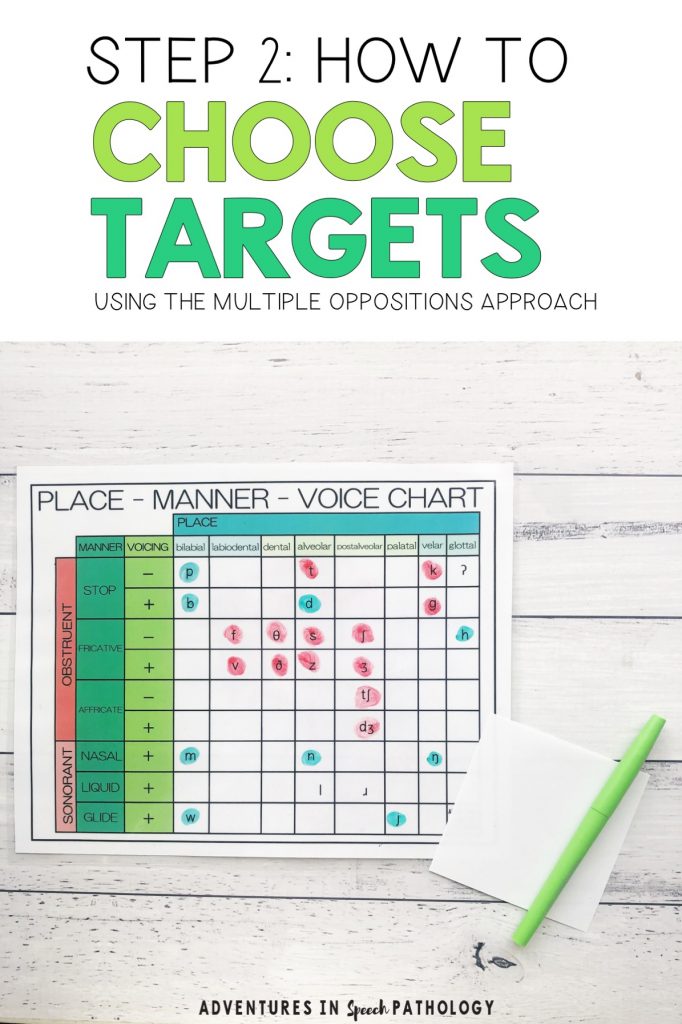
A place-manner-voice chart (this chart is a free download for those who sign up to my email) is something that I use to help choose my targets. I can visually make sure that I’m covering maximal differences, and feel more confident in my choices.
Here are some things that I have chosen in the past:
- At least one cluster. Clusters are more complex and later developing. They also imply single sounds (so the two sounds in the cluster might come through without us having to directly target them).
- An affricate. Based on markedness theory, affricates imply fricatives and stops. I might get the ‘t’ and ‘sh’ sound for free if I choose ‘ch’ as a target word.
- A stimulable or early developing sound. This might be me, but I like my students to feel a bit of success. When you are contrasting up to four sounds that they are not using, having at least one sound that they say correctly can feel pretty good!
Finding the right words
Once you have your target sounds, you need to think of rhyming sets of words. For example, if you settled on the contrasts d vs. k, ch, sl, you might choose the words:
- deep vs. keep, cheep, sleep
- dip vs. Kip, chip, slip
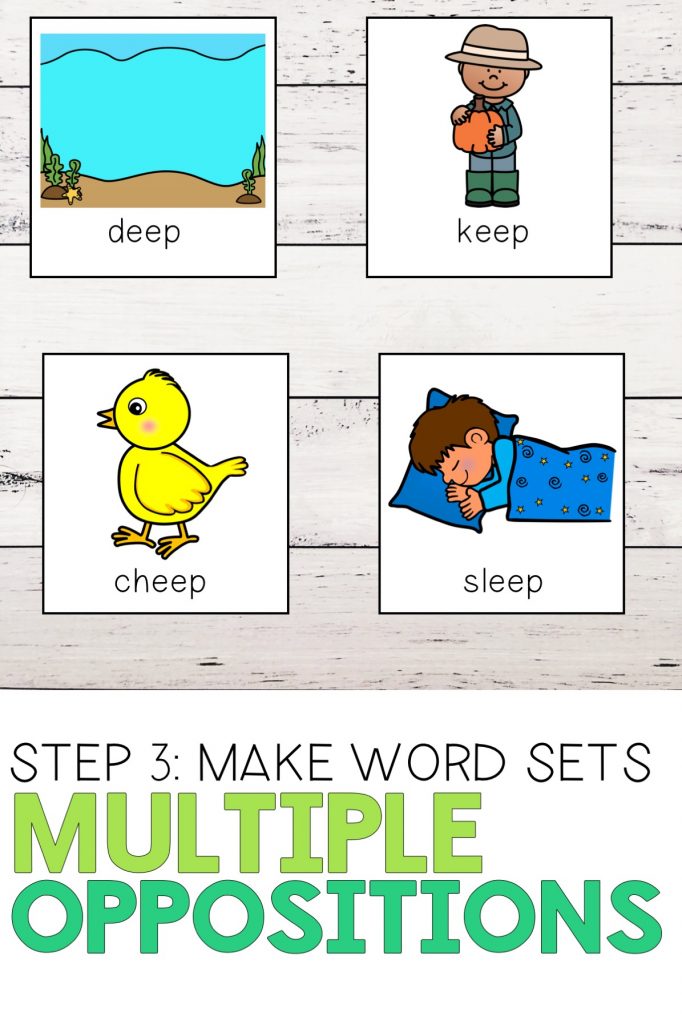
You might make different words ‘sets’ and have a set 1, set 2, and set 3. You can also use nonwords (such as a made-up name for an alien or monster).
I have always used the Sound Contrasts in Phonology program, (so I’ve never had to sit and think of the contrasts) and this program does it all for me in terms of generating the actual targets and pictures.
If you are making the targets up yourself, you can do a search and find appropriate clip art to make your own cards, or even draw them with your child. The actual implementation of the multiple oppositions approach is a whole other blog post. In the meantime, read the following articles by Dr A. Lynn Williams if you are interested in learning more.

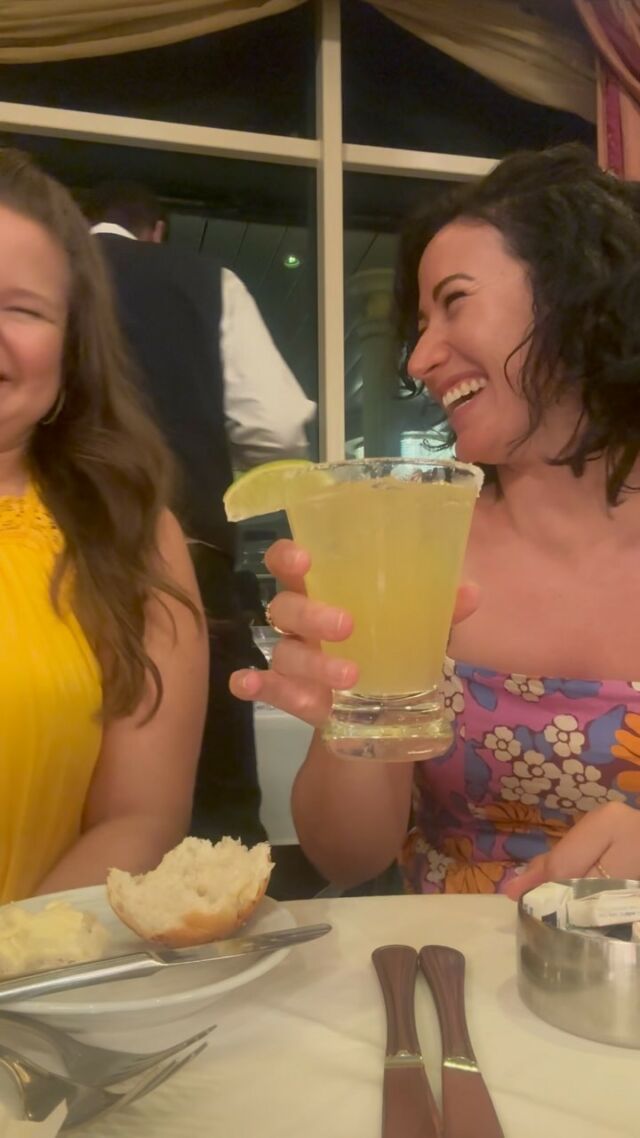


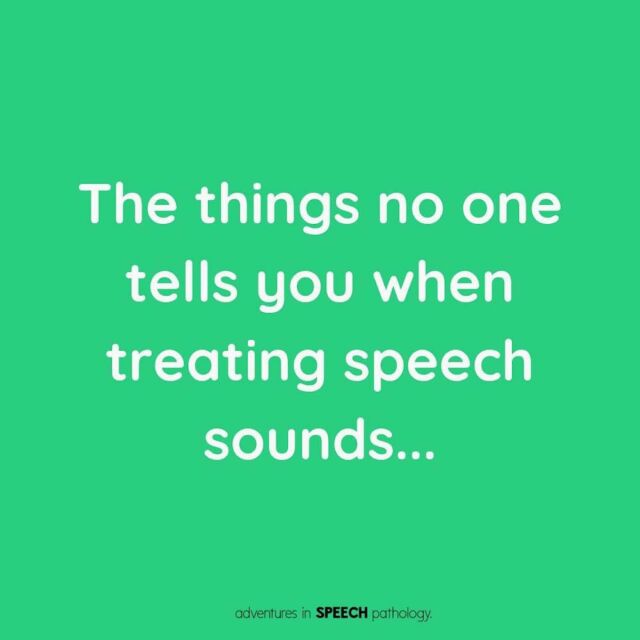
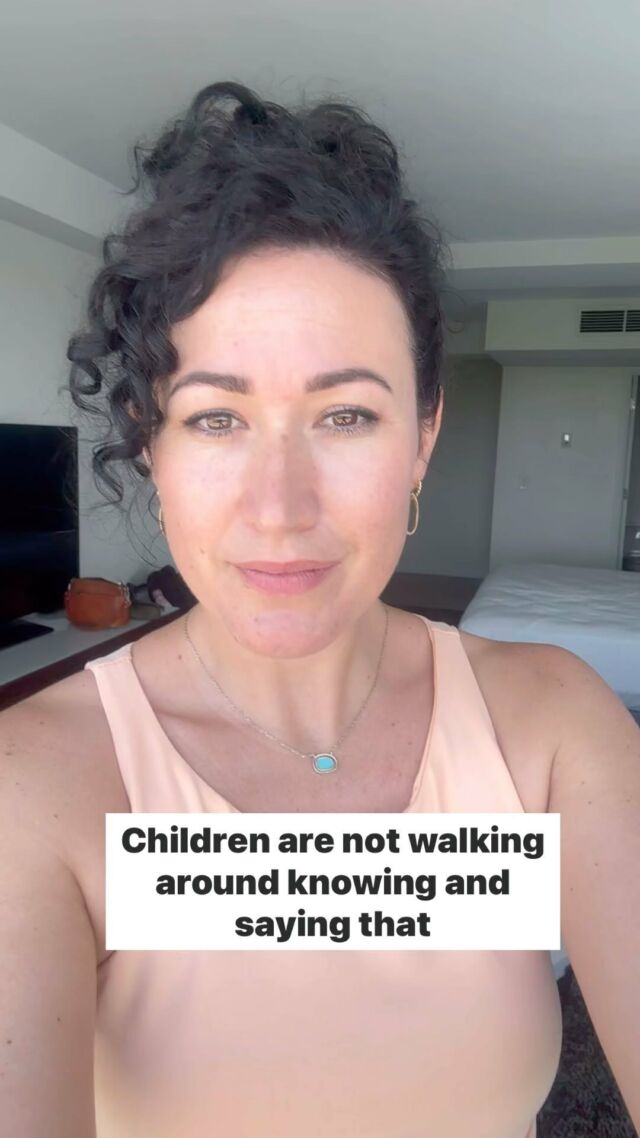

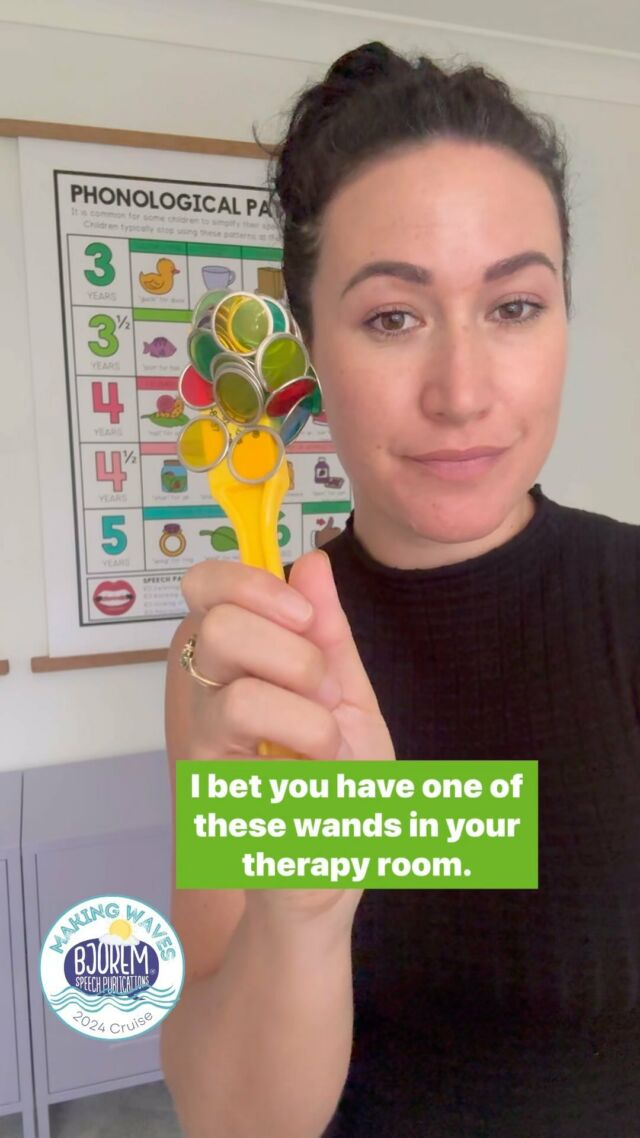
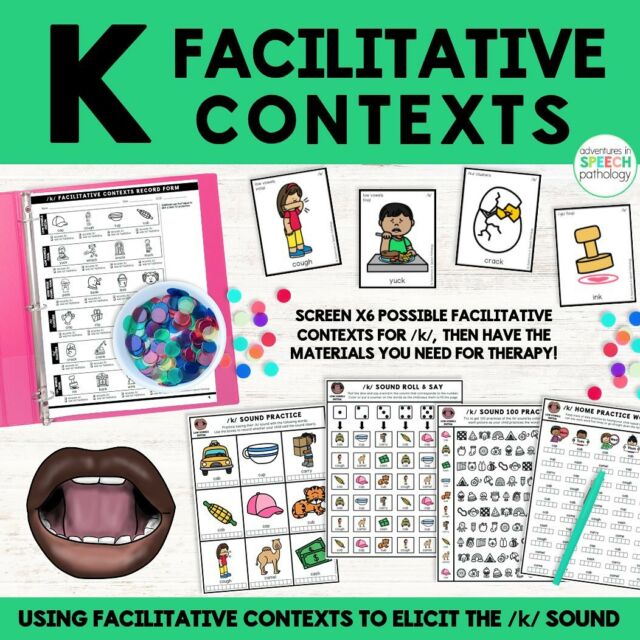


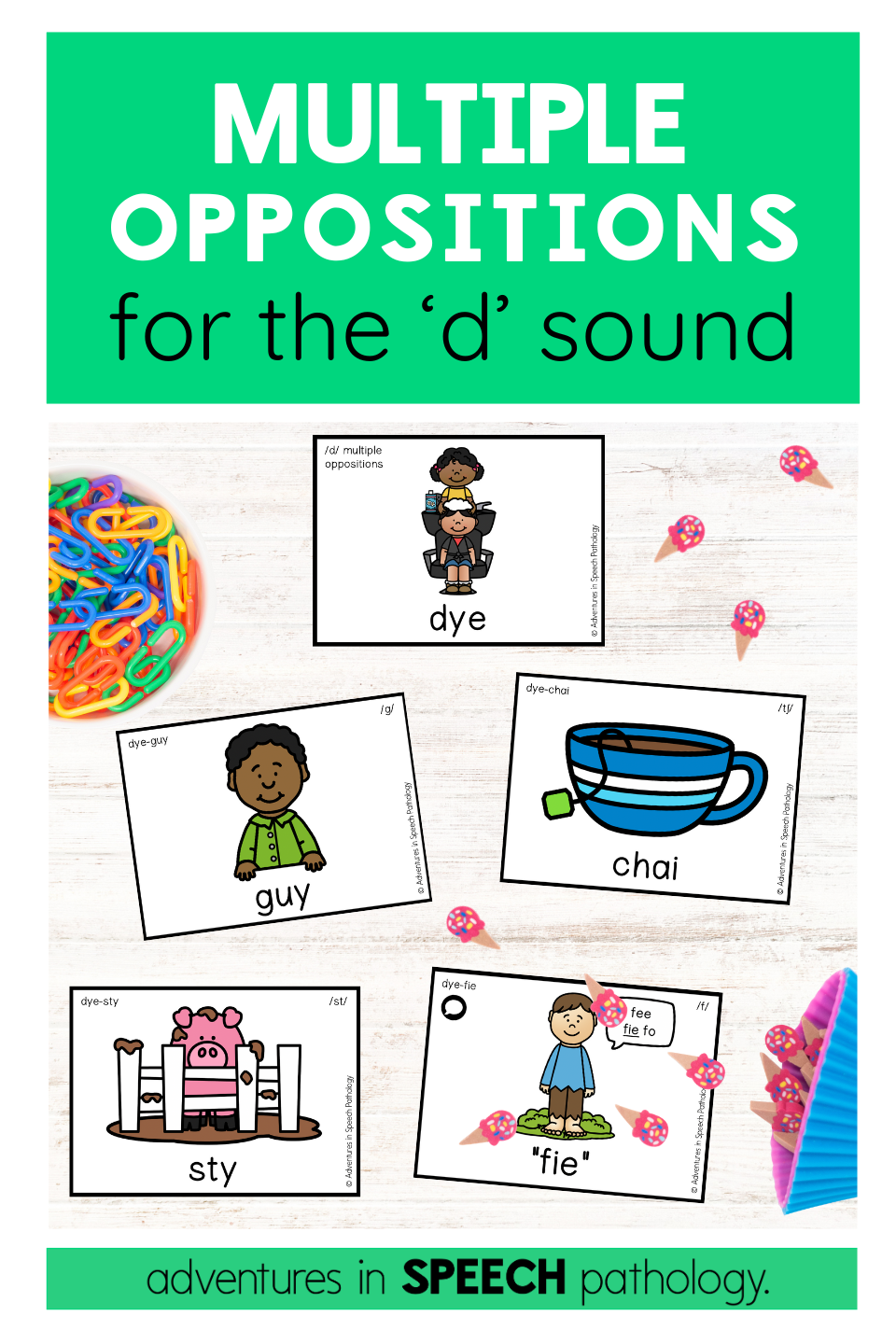



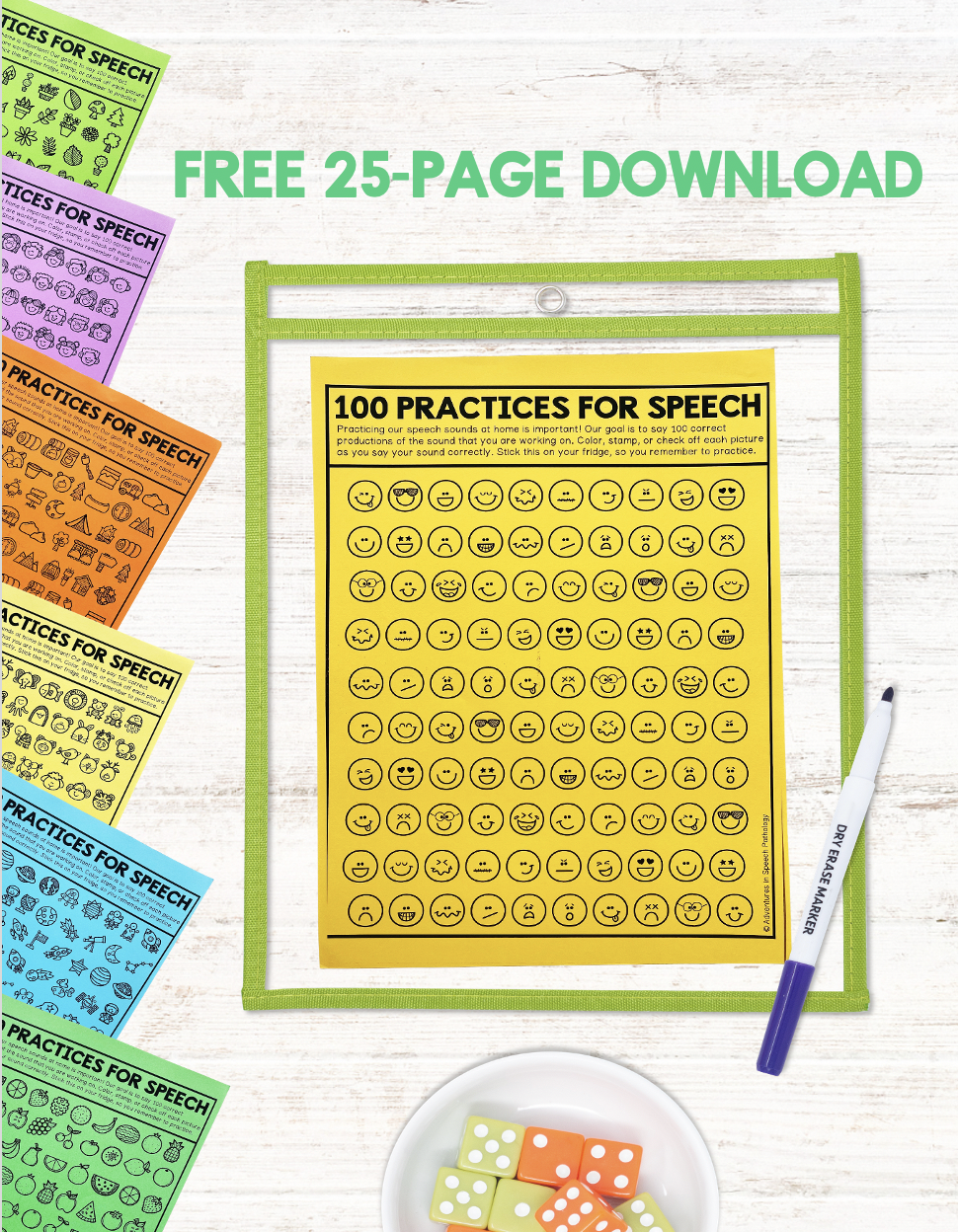


22 Comments
Brilliant!! Thank you so much for sharing this approach.
I love how you map out how to pick the right sounds for a child with a phoneme collapse! I’m wondering what goals might look like for a multiple oppositions approach? Thank you for sharing!
I am wondering the same thing!
Thank you for explaining this so clearly!
What if my student has a phoneme collapse with 4 different sounds. Would I choose just one to start with or would I choose a different approach?
I’d suggest getting in touch with Dr. Lynn Williams and asked her this question.
I would love to have a few goal examples! Thanks so much for sharing!
Hi,
I love how detailed you were with this approach. I am new to it and am still having difficulty with selecting appropriate targets. I know there should be around 4 targets, and that they should differ in place and manner. But do they also need to differ in voicing or should the voicing stay the same as the sound they substitute for everything? (i.e. in my case /d/). Also any examples of how you write your goals for this intervention approach would be helpful!! Thank you!!
Hi there,
They should differ in terms of voicing, so I would not choose all voiceless sounds for example, but a mixture.
Thanks for writing such a great article on this.
Can you use this approach for medial position phoneme collapse too? My student can produce sounds in initial position but 10 medial phonemes are produced as /g/.
I would also love some goal examples!
Hi Cynthia,
Unfortunately, I don’t write IEP goals in my private practice as I had to do in my school setting. Perhaps reach out to one of the authors?
Thank you!
Hi 🙂
Where is you next blog for how to implement the approach… 🙂
Thanks 🙂
Hi Justine,
If you search “multiple oppositions” on my website, you will see all the information that I have on the approach 🙂
I have a question about a target sounds being replaced by multiple different errors – e.g. ‘th’ being replaced by /d/, /v/, /f/ and /s/. Can multiple oppositions be used to treat this error – kind of in reverse?
No – the error needs to be consistent to use a contrast approach like minimal pairs and multiple oppositions.
I recently discovered this approach, and I think it will work for a few of my kids! Thank you for all your hard work. I know the approach suggests using complex sounds (unstimulable? if I interpreted it correctly), but how do you get children to produce the sounds when they are unstimulable? For example, my student has a phonological collapse of /k/ for /t, s, ch, sh and s-blends/ and /g/ for /d, z, dg, ezh/. I chose the targets /k/ for /dg, t, sl/. She can’t produce these sounds at word level w/o segmentation (which I try to avoid). Soooo…I guess my main question is. How do you go about targeting sounds a student can’t produce?
I use a lot of cues and prompts to help the child 🙂 You may find the video interview on this approach with Dr. Lynn Williams will help!
Very helpful information!!
Hi! Thank you for making this blog and videos. I purchased the SCIP app. However, I am noticing that most of what gets generated are very obscure words or very limited sets. My student has a phoneme collapse to /f/, so maybe that’s why? Do you know of a way to get more relevant words or pick words based on those criteria to generate better lists on SCIP? What are your go-to sounds to pick? Thank you for your help!
I tend to play around with different word sets and have a few options for my treatment set. I generally choose 2-3 different treatment sets, and between 2-4 contrast. If you adjust these variables, I hope that you can find a set suitable for your clients 🙂
Can a child phoneme collapse a variety of sounds ONLY in the final position of words? For example, the child may have a phoneme in isolation or other word positions, but they collapse ALL final consonants to /k/. Thoughts?